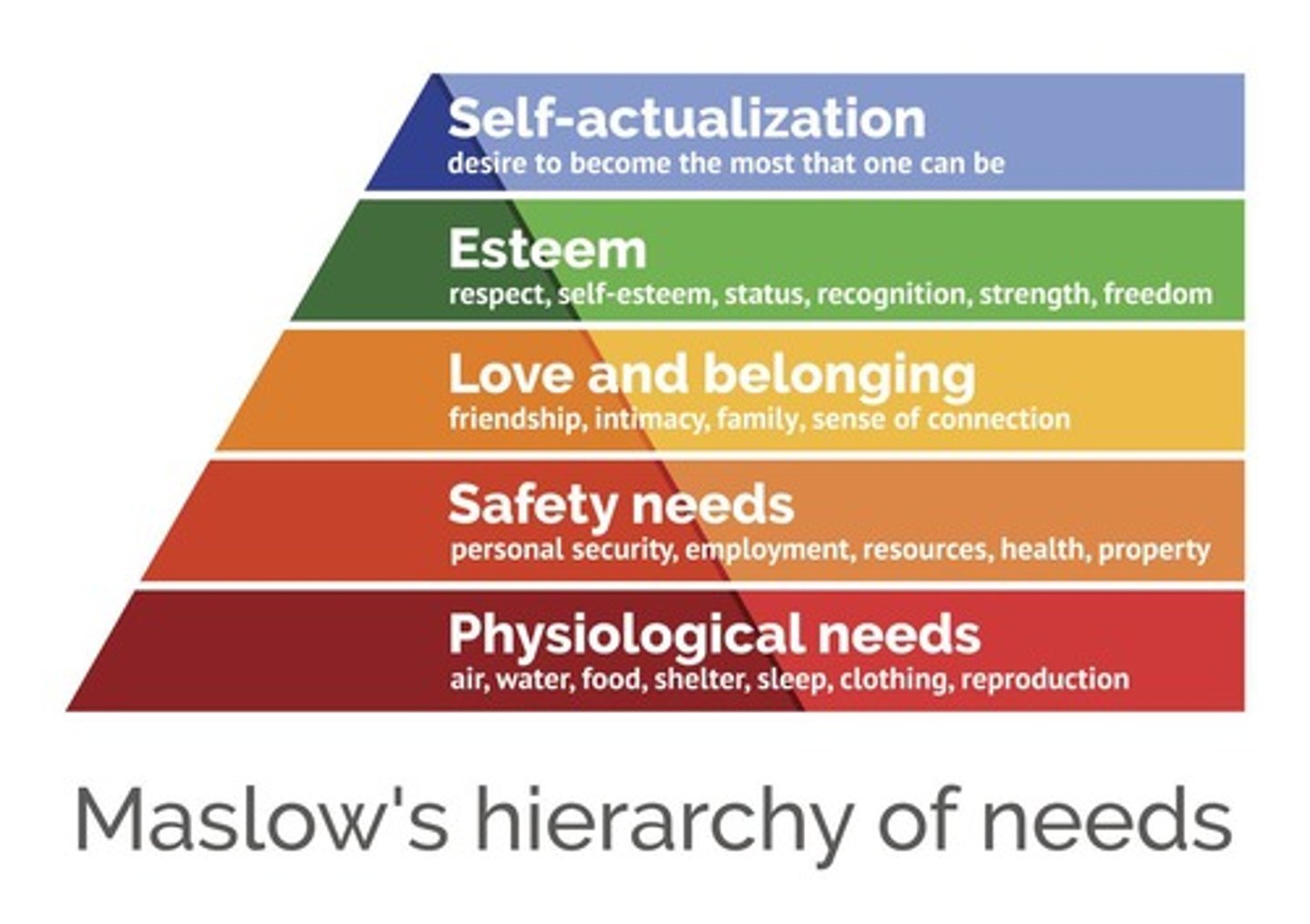226 quiz 1 - clinical judgement + nursing process
1/34
There's no tags or description
Looks like no tags are added yet.
Name | Mastery | Learn | Test | Matching | Spaced |
|---|
No study sessions yet.
35 Terms
critical thinking
gather + evaluate info (think + stop before making decision)
critical thinking uses
observe, reflect, experience, reason, communicate
situational awareness
(60s assess) be present in moment, look for safety risks (abc, proper IV, etc.)
when to do 60s assess
before shift begins w nurse on (prior) shift, before receiving report
clinical judgement
process all avail. info + decide course of action (sign/symptom + factors, ex. pt on bp meds but BP is 98/68, hold off on giving more)
nursing process
systematic method of using info + clinical judgement to create care plan
nursing process steps
(communicate w other nurses to know what is best for pt) systematic (sequence), dynamic (good overlap of all steps), interpersonal (human beings), outcome orientated, universal
ADPIE - nursing process
assess, diagnose plan, implement, evaluate
comprehensive health assesment
(rare for bedside nurses) complete, head to toe (review of body systems), all history + health problems/patterns
comprehensive assessment used for
dr.'s yearly visit, long term/home care
initial (admission) assessment
after pt admitted (after ER), head to toe for baseline to ID problem (focused within initial)
focused assessment
focus on one specific problem (why they are in hospital), brief assessment (during initial)
quick priority assessment
done by triage nurse, to determine how much of a priority (urgent will be seen ASAP, non urgent wait hrs)
emergency assessment
(via ambulance into ER) for life threatening problem (physiologic/psychologic), ABCs
time lapsed assessment
scheduled to compare current status to baseline (to see any progression), for pt in nursing home/long term (home) care
OLDCART
onset, location, duration, characteristics, aggravating factors, relief (or worsen), treatment
ICE (symptoms)
impact on ADL (daily activity), coping strategy, emotional response
cues
subjective/objective data (ex. pt not responding when on left side)
inferences
judgement made from cue (ex. pt hearing may be impaired on left side)
validating assessment data
keeps data free from error, bias, misinterpretation
how to validate assessment data
ID cues, make inference, validate (both)
clustering data
organize + identify patterns (analyze hypothesis + focus on assessment for more info)
nursing diagnosis (ADPIE)
(clinical judgement) how pt responds to meds (treatment)/diagnosis/hospitilization + any external factors (basis for finding interventions for good outcome)
problem-focused diagnosis
(problem present) clinical judgement of unwanted human response to health condition/life process (in pt, group, family, community) (ex. inadequate nutrition caused by low protein lvl)
risk diagnosis
preventing anything unwanted to occur ((in pt, group, family, community) (ex. central line/urinary cath. can cause infection, "risk for...")
health promotion
no problem/risk, want to better health (ready to enhance health)
nurse diagnosis formulation
(individualized to each pt) problem, etiology (what can be formulated to be the cause, ex. pain from soft tissue swell), evidence (2-3 signs/symptoms to back it up, ex. tender to touch, pain score)
nursing diagnosis - problem
(from data cluster + patterns) pt response to meds, diagnosis, environment
nursing diagnosis - etiology
most likely the cause of pt problem/response (what intervention is based on)
nursing diagnosis
(actual problem, not abt risks) signs/symptoms that helped make clinical judgement (of nursing diagnosis/problem statement)
establishing priorities - maslow's hierarchy
physiologic (priority, air, food water), safety, love + belonging (no isolation/depression), self esteem, self actualization (problem solving, creativity, etc.)

establishing priorities
patient preference (include pt in goal development), anticipate future problems, critical thinking + judgement
writing goals for measuring outcomes
subject, verb, condition (specific), performance criteria (measure what ur looking at), target time
common errors when writing outcomes
express pt as nurse intervention (should always start w pt/family), verbs cannot be observe/measure (pt should be able to verbalize back), more than one pt goal ("and"), being vague
SMART (for goals)
specific, measurable (pain score), attainable (is specific med good for pt), realistic (medically possible), timed (within...)